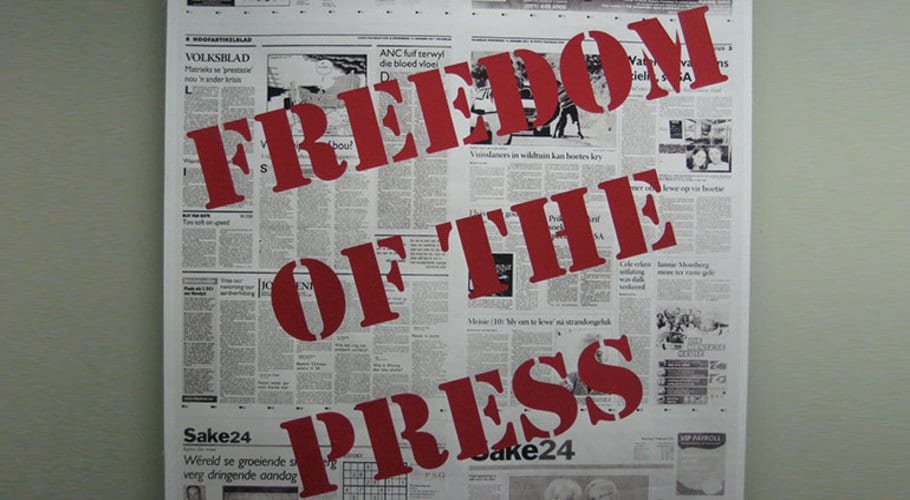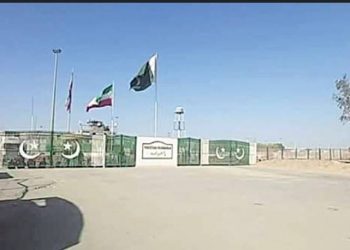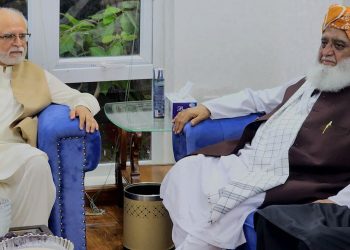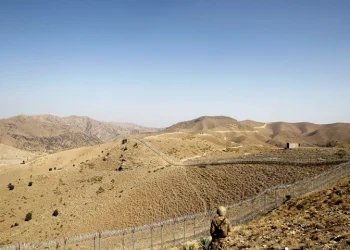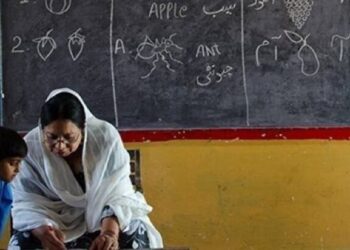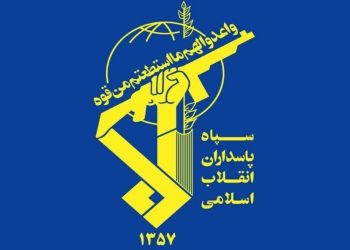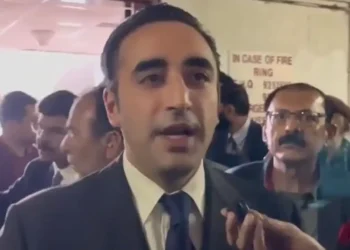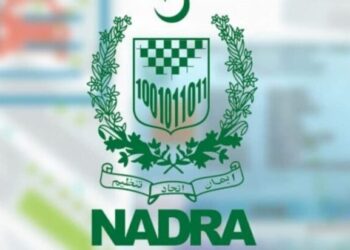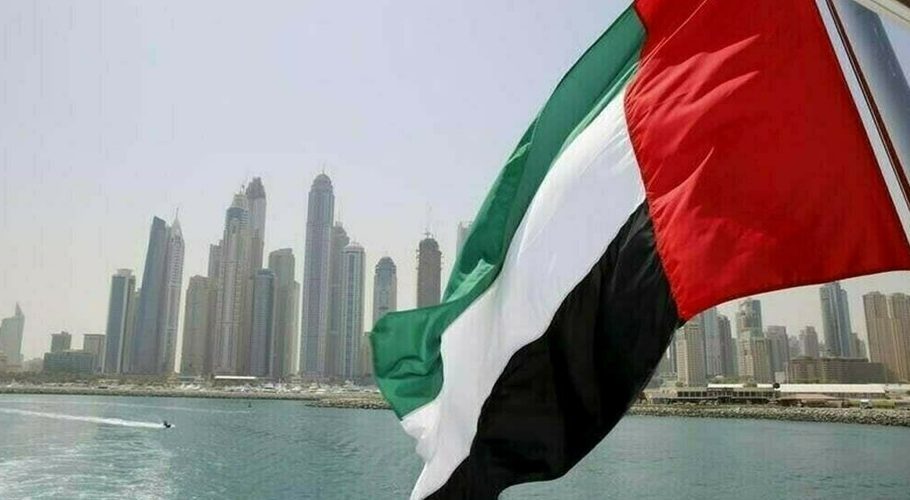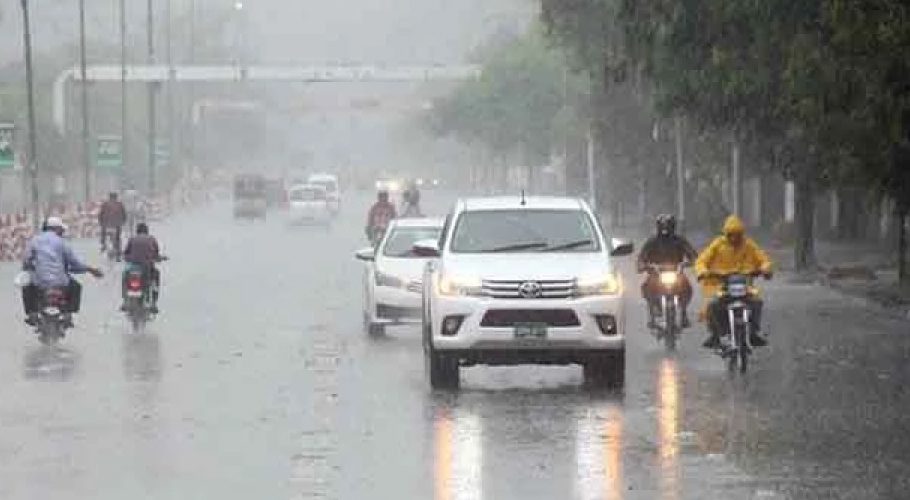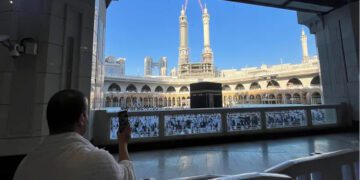Today (3rd May), World Press Freedom Day is being observed around the globe. This year the theme of the day is “Journalism without Fear or Favour”.
World Press Freedom Day is annually observed to inform the international community that freedom of the press and freedom of expression are fundamental human rights. This day gives people the chance to pay tribute to media people who risked or lost their lives in the line of duty.
Many communities, organizations, and individuals take part in this day through various events such as art exhibitions, dinners featuring keynote speakers, and awards nights to honor those who risked their lives to bring news to the world. However this year, no such programs were held because of the ongoing coronavirus pandemic.
Let’s take an in-depth review of World Press Freedom Day and the journalists who lost their lives in the line of duty.
History of the Day
World Press Freedom Day was established by the United Nations General Assembly in December 1993 as an outgrowth of the seminar on promoting an Independent and Pluralistic African Press.
This seminar took place in Namibia in 1991 and led to the adoption of the Windhoek Deceleration on promoting Independent and Pluralistic African Press.
Each year since 1997, the UNESCO/Guillermo Cano World Press Freedom Prize is awarded to honor the work of an individual or an organization defending or promoting freedom of expression, especially if it puts the individual’s life at risk. The award is named for Guillermo Cano, a Colombian journalist murdered in 1986 after denouncing drug barons.
Press Freedom Report on Pakistan
The Freedom Network on Friday issued Press Freedom Report on Pakistan, titled “Murders, Harassment, and Assault: The Tough Wages of Journalism in Pakistan.”
At least 91 cases of violence were recorded against journalists in Pakistan over the past year — which includes murder, assault, censorship, threats, and legal suits.
The report said that between May 2019 and April 2020, an average of over seven cases of violations occurred in a month — one every fourth day, or twice a week.
According to the findings, no place in the four Pakistani provinces or Islamabad [as well as GB and AJK] is safe for journalists. However, the federal capital was the “riskiest” territory with 34 percent of the cases.
Sindh was the “second worst” with 27pc of incidents of violence, followed by Punjab where 22pc of the cases were recorded.
The report says that journalists who worked for television were the most vulnerable, as they were identified as a target in 69pc of the cases.
Journalists who lost their lives
Many journalists and media workers have lost their lives in order to provide facts and figures to the masses. Some of them are:
Daniel Pearl
He was an American journalist for the Wall Street Journal. His most notable investigation covered the ethnic wars in the Balkans, where he discovered that charges of an alleged genocide committed in Kosovo were unsubstantiated.
Daniel Pearl settled in Mumbai after Daniel Pearl was made Southeast Asia bureau chief of The Wall Street Journal. He traveled to Karachi, which he used as a base for reporting on the United States’ War on terrorism following the 9/11 attacks in 2001 in the United States. He was kidnapped and later murdered in 2002 in Karachi.
Daphne Caruana
Daphne Anne Caruana Galizia was a Maltese journalist, writer, and anti-corruption activist, who reported on political events in Malta. Caruana Galizia’s national and international reputation was built on her regular reporting of misconduct by Maltese politicians and politically exposed persons.
Caruana Galizia continued to publish articles for decades, despite intimidation and threats, libel suits and other lawsuits.
In 2016 and 2017 she revealed controversially sensitive information and allegations relating to a number of Maltese politicians and the Panama Papers scandal. On 16 October 2017, Caruana Galizia died close to her home when a car bomb was detonated inside her vehicle.
Guillermo Cano Isaza
Guillermo Cano had worked on the paper’s bullfighting, sports, cultural and political sections. He had served as the editor of El Espectador since 1952.
He launched a campaign in the El Espectador newspaper in order to denounce the influence of drug traffickers in the country’s politics. However, he was murdered in front of the paper’s offices by two hitmen linked to Colombia’s drug cartels. The same building was destroyed in a bomb attack three years later.
In 1997, UNESCO created an annual prize that bears his name —the UNESCO/Guillermo Cano World Press Freedom Prize — which serves to honour a person or institution that has done outstanding work in defending the freedom of the press.







